The Beautiful Immune System Lesson 3: What is an Antigen?
Something that is foreign to your body and that induces an immune response or is the target of an immune response is called an antigen.
Almost any foreign molecule (non-self), and sometimes molecules that are part of the body (self), can act as antigens to our immune systems. Some examples of non-self antigens include viruses, bacteria, parasites, snake venom, food components (allergens) like egg white, things that may be injected into the body such as blood of a non-matching type, any many, many other things.
The body is usually non-reactive to self antigens, however in the case of autoimmune diseases, the immune system begins to attack its own cells. Examples of autoimmune disease include Celiac disease, Graves disease, rheumatoid arthritis, systemic lupus erythematosus, among many others.
On the surface of antigens are regions that fit and bind to receptor molecules on the surfaces of their complementary lymphocytes. Once a lymphocyte gets exposed to an antigen, the lymphocyte learns and remembers it. When an antigen binds to a lymphocyte receptor, it causes the lymphocyte to multiply and begin to respond. The responses to the antigen by the lymphocyte may include the activation of killer cells and/or the production of antibodies.
Antibodies that are produced in response to the antigen fit and bind uniquely to that antigen.
And that’s where the antigen gets its name: antigens are antibody generators.
Antibodies circulate the body in the blood, and should the antigen enter the body again, they will bind the antigen, leading to faster attack and quick removal of the potential threat.
And one more thing–a specific type of antigen, called an immunogen is a substance that provokes an adaptive immune response on its own if injected into the body. An antigen must combine with products of the immune system, such as antibodies, in order for an immune response to be made.
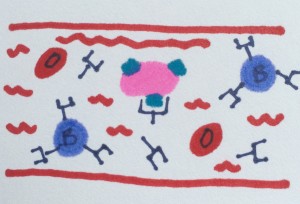
Resources:
- Abbas, Abul K., Andrew H. Lichtman, and Shiv Pillai. Cellular and Molecular Immunology. Philadelphia: Saunders Elsevier, Inc., 2010.
One thought on “The Beautiful Immune System Lesson 3: What is an Antigen?”
Comments are closed.

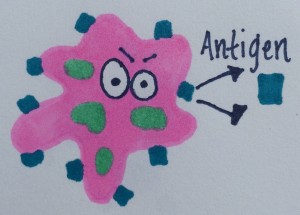
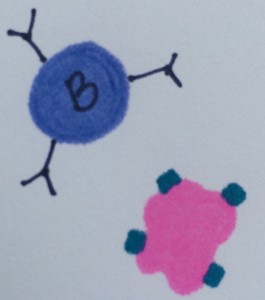
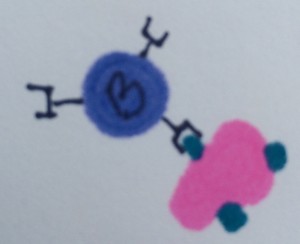
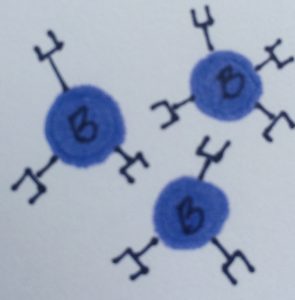

I found this is a great website!